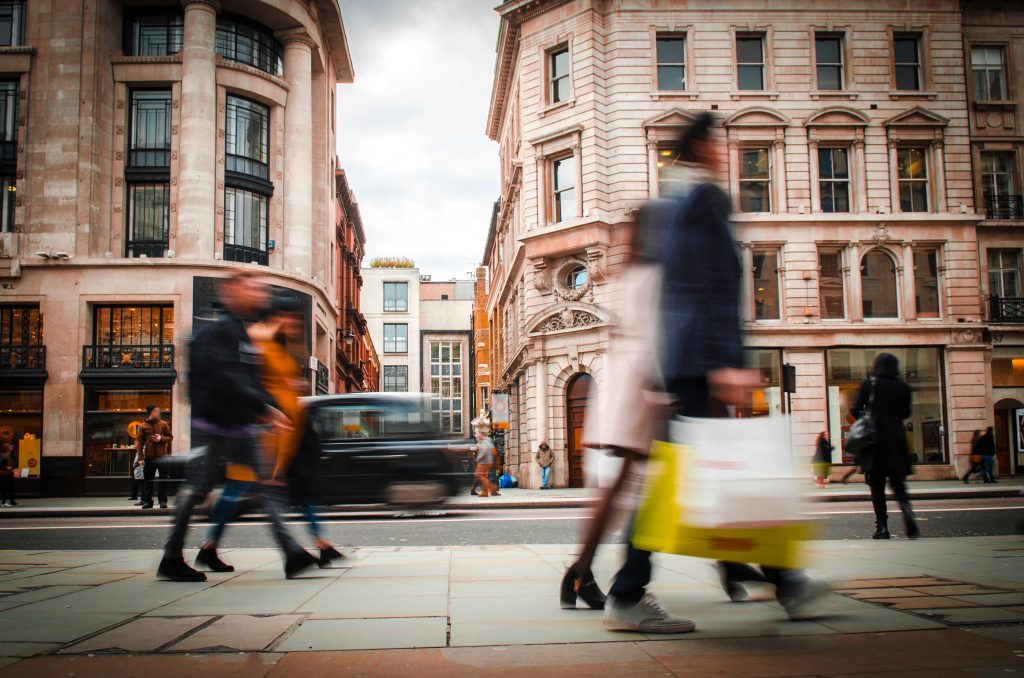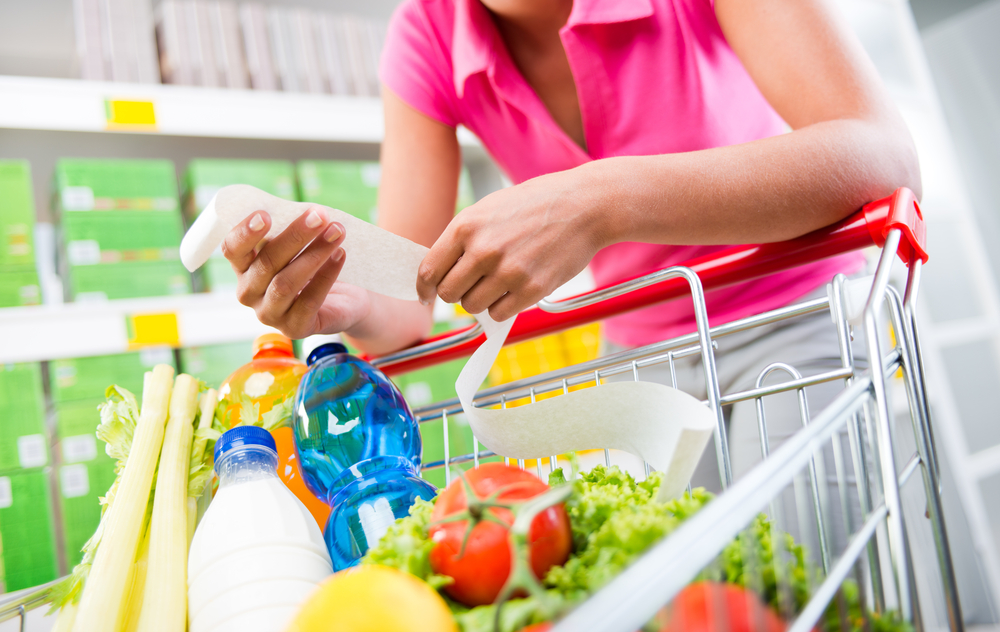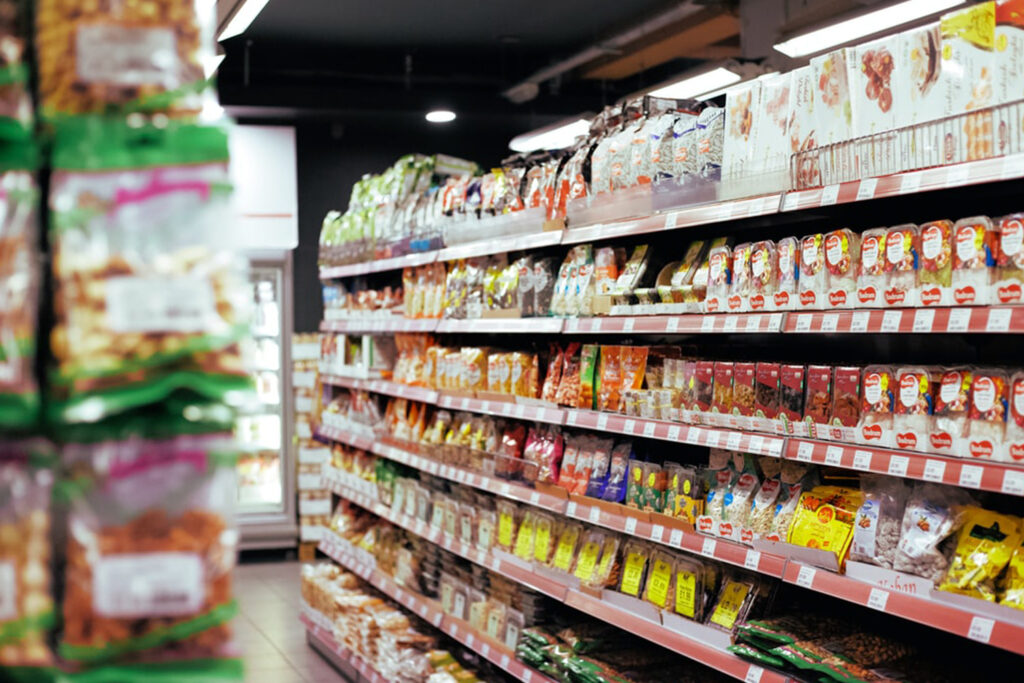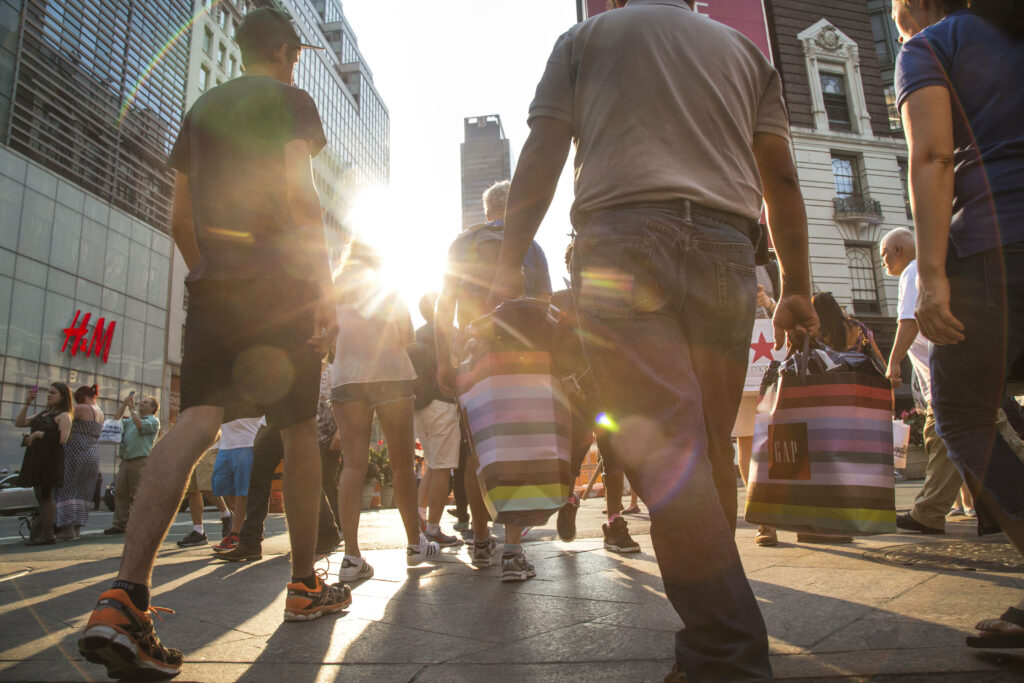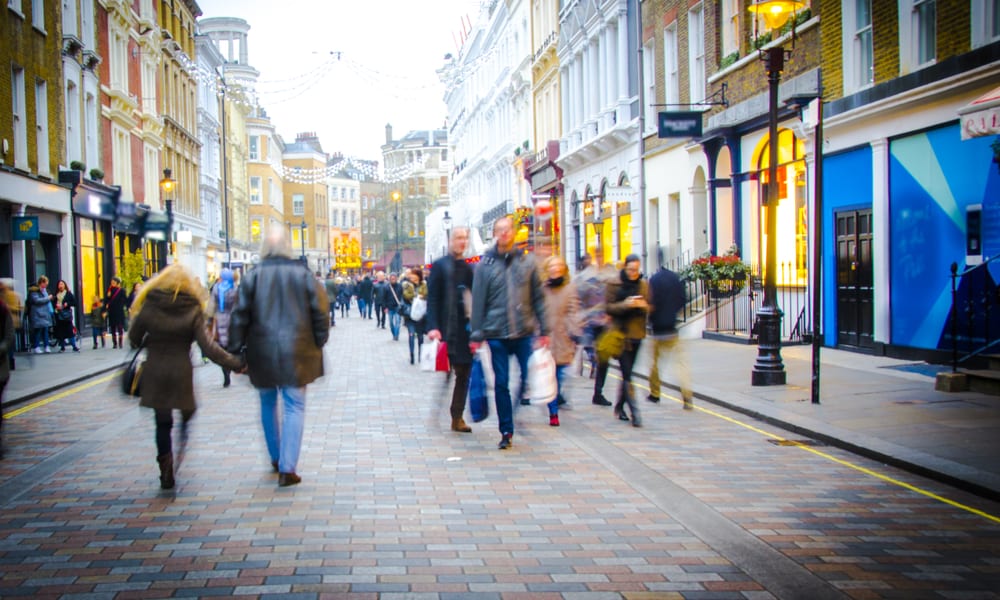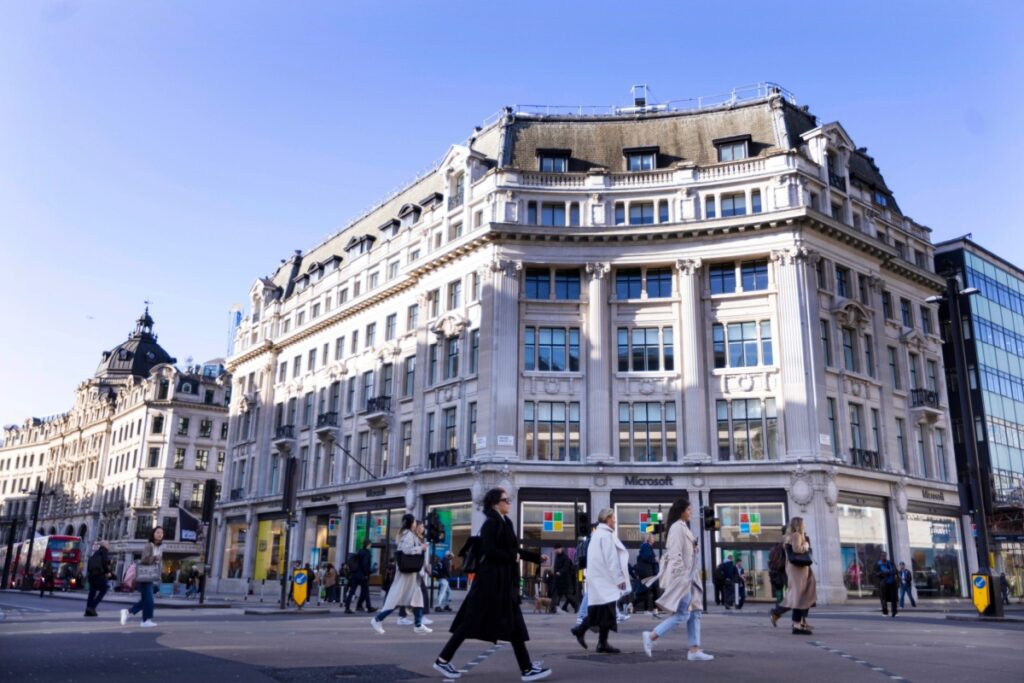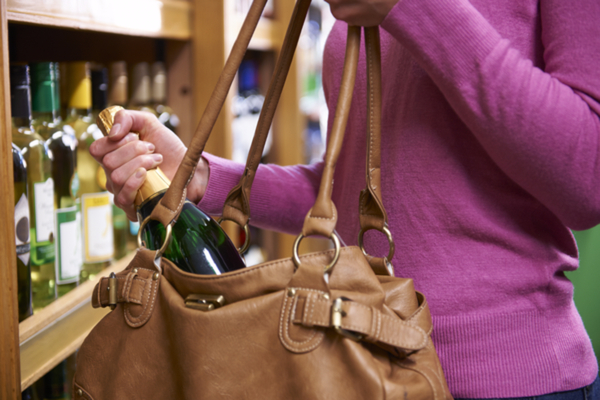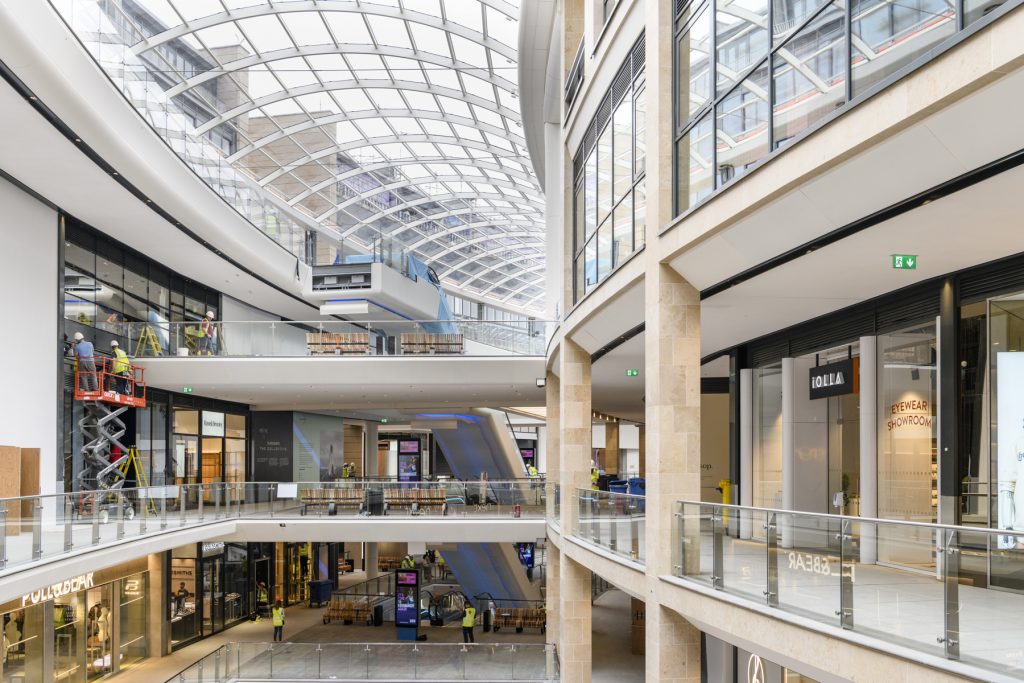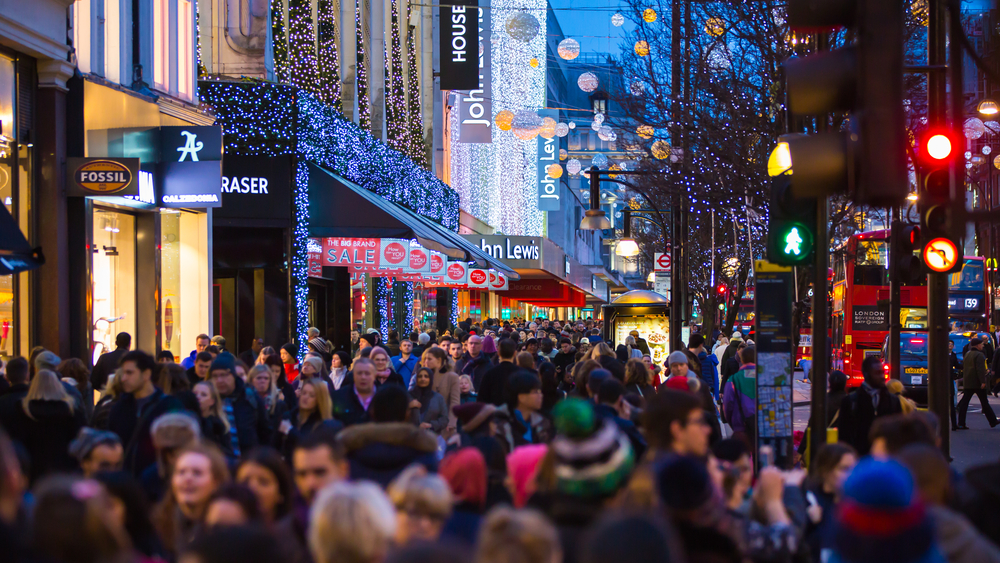// Retail sales rose in February after demand for furniture, homewares, fashion and jewellery
// Total sales increased by 6.7% in February compared with the same month last year
New research has found that retail sales have increased in February as categories such as furniture, homewares, fashion and jewellery recorded strong growth.
Total sales increased by 6.7% in February compared with the same month last year when all ‘non-essential’ retail was shut, according to the BRC-KPMG Retail Sales Monitor.
Like-for-like sales rose 2.7%, below the three-month average growth of 3.5% and the 12-month average growth of 8.5%.
READ MORE: London’s West End expects recovery from Covid-19
When compared with pre-pandemic figures, retail sales grew 4.9% compared with the same month in 2020.
The BRC said the growth is also a reflection of rising prices due to ongoing inflation, rather than increased volumes of consumer purchases.
Non-food sales rose by 12% on a total basis and 6.9% on a like-for-like basis.
The return of customers to stores led total in-store sales of non-food items to increase by 71.2% compared with February 2021, while online non-food sales decreased by 28.4% last month. This is a decrease from the growth of 82.2% recorded in February last year.
Non-food online penetration continued its decline, falling to 40.8% in January – a decrease from 65.4% in the same month last year.
However, this remained 10% higher than the rate recorded pre-pandemic in 2020.
Food sales increased slightly last month, with total sales rising by 0.1% compared with the same month last year. Like-for-like sales dipped by 0.3%, below the 12-month total average growth of 1.7%.
“February saw continued sales growth, although dampened by Storm Eunice and falling consumer confidence,” BRC chief executive Helen Dickinson said.
“Traditional try-before-you-buy products, like furniture and home accessories as well as fashion and jewellery, continued to be the high flyers as more people returned to stores.
“While online sales remained down on last year, the new spending habits driven by the pandemic have settled into a new normal, particularly for non-food, with four in every 10 pounds now spent online compared with three in every 10 before the pandemic.”
“The future is looking increasingly uncertain, with current demand unlikely to be sustained. Consumer confidence, falling in recent months, will likely tumble further against the backdrop of the current geopolitical events.
“The cost of living will continue to spiral due to global inflation, increasing energy bills and the rise in national insurance this spring. With households facing lower disposable income, discretionary spend will be one of the first things to feel the squeeze.”
KPMG UK head of retail Paul Martin added: “Clothing and footwear categories witnessed the highest growth and most double-digits in February as restrictions were lifted and consumers restocked wardrobes, heading back to offices and embracing life living with Covid.
“As we move into a new phase of managing Covid-19, retailers will be focused on keeping consumers spending as the cost-of-living squeeze threatens the health of the sector.
“With travel very much reopened, retailers are facing a double whammy of competing for share of wallet at the same time as the cost of living hits a high not seen in at least three decades.
“As is the case for consumers, retailers also face tough inflationary pressures and will have to make challenging decisions around how to absorb those or pass them on without losing custom.
“It could be a challenging time ahead for some in the sector should consumers choose to cut their spending to manage increasing household bills.”
Click here to sign up to Retail Gazette‘s free daily email newsletter

